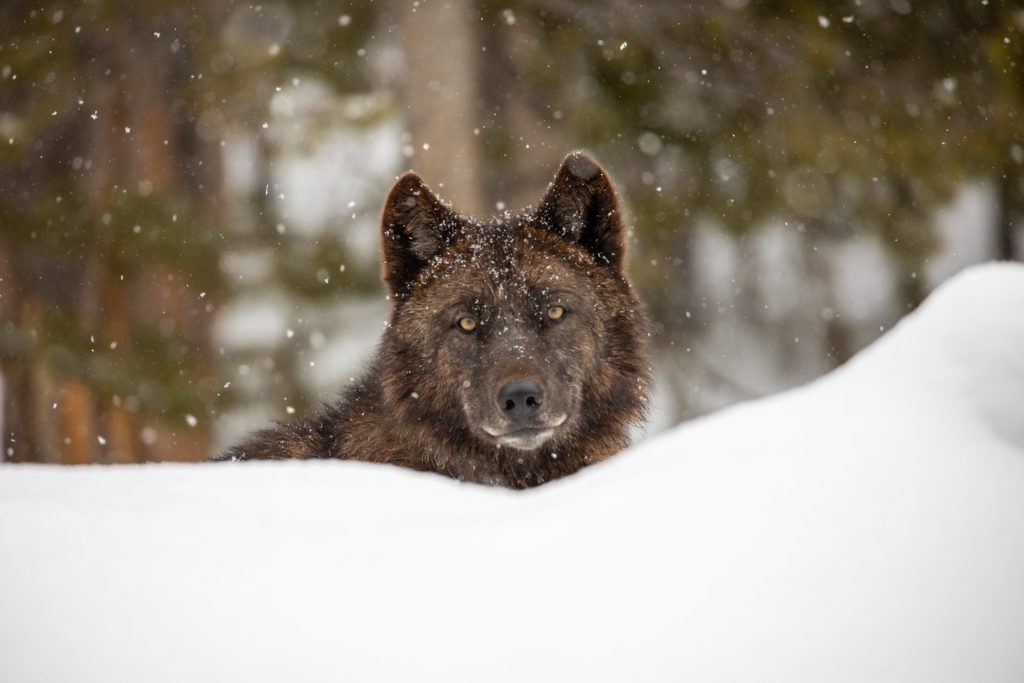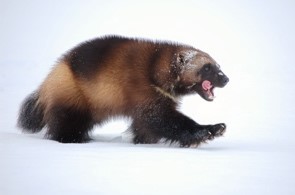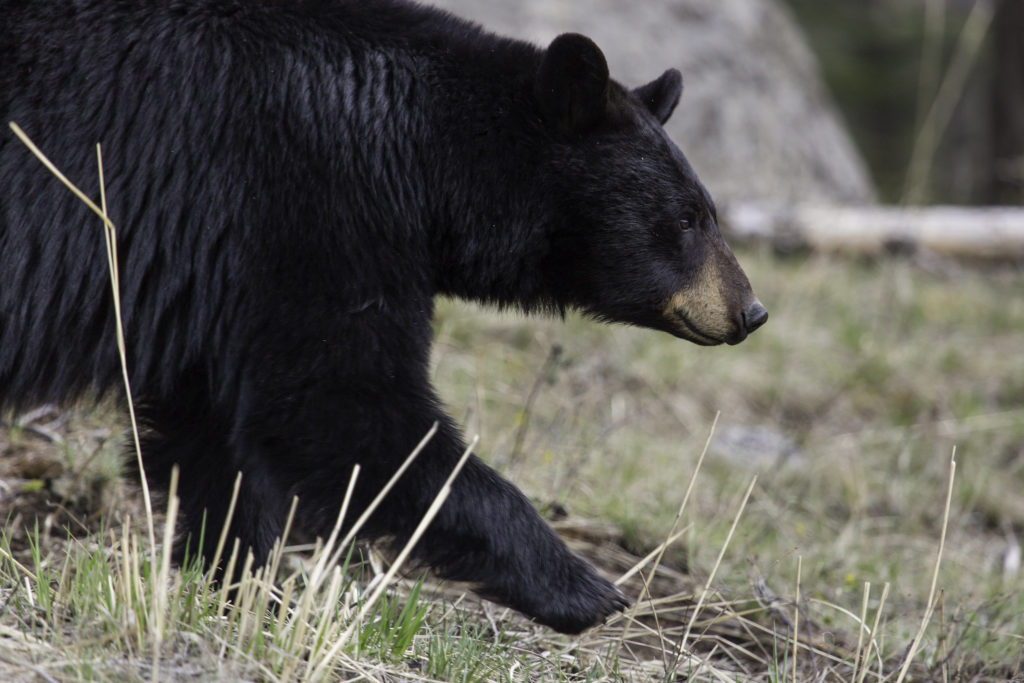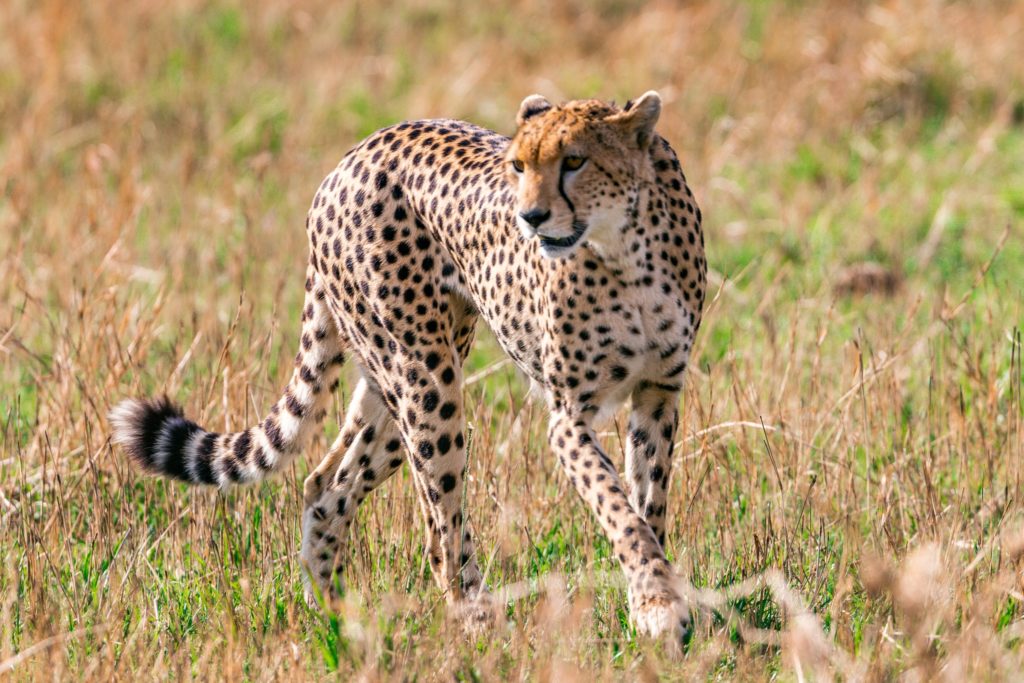The earth is made up of many large landscapes and seascapes that support animal life. But parks and other protected areas alone are not enough to sustain healthy wildlife populations in the face of a changing climate and increasing human development. Fragmented habitat isolates and weakens animal populations and puts them at greater risk of extinction. It is more essential now than ever that we preserve or restore corridors—or connections between natural areas—before it’s too late.
Here are five reasons wild animals need ecological corridors to survive and thrive:
1. To Reach Food and Water

Animals need to move for a variety of reasons, including meeting their immediate, seasonal, and annual needs for food and water. Wolves need to range across large territories and sometimes travel up to 30 miles a day to find prey. In Africa, zebra herds migrate hundreds of miles annually to reach fresh water and vegetation. Elk in the American West migrate seasonally to find more favorable conditions for survival, such as moving to lower elevations with less snow in the wintertime, and many of their migration routes are thousands of years old. Adapting livestock fences to be more “wildlife-friendly,” such as removing barbed wire and adjusting the height so animals can cross over or under, is one way to maintain these age-old migration corridors.
2. To Find Mates

When it comes time to reproduce, animals need to find suitable mates that, ideally, maintain genetic diversity within their population. Barriers to movement can lead to harmful genetic isolation, and this inbreeding can diminish reproductive success, increase the risk of birth defects, make species more vulnerable to diseases, and reduce their ability to evolve and adapt to change over time. Scientists believe that lack of genetic diversity is contributing to the population declines of several big cat species like panthers, cheetahs, and tigers.
3. To Adapt to Changes in Their Environment

Climate change or land-use changes such as new development might affect the abundance of edible vegetation and prey species in a given area. Alpine species like lynx and wolverine that depend on snowpack to successfully hunt and den may need to move to higher elevations or farther north in a warming world. Similarly, drought can initiate the need for wildlife—sometimes in large herds—to find fresh water. For animal populations to be resilient to changing habitat conditions over the long term, they will need corridors to track suitable conditions as the climate changes.
4. To Avoid Vehicle Strikes

Wildlife-vehicle collisions on roads and highways kill 1-2 million large wild animals, and countless small wild animals, every year. Roads are increasingly fragmenting natural landscapes, creating barriers to the movement of wildlife. However, communities throughout the world are addressing this problem by building wildlife crossings like bridges and underpasses that enable animals to safely cross over or under roads, protecting human safety as well. These crossings allow safe passage for species ranging from turtles and crabs to elephants and reindeer.
5. To Avoid Conflicts with People

Adequate corridors can help minimize wildlife encroachment into human-populated areas. Maintaining this separation helps prevent wildlife from getting too used to humans and human food—a scenario that can lead to dangerous encounters between people and animals such as bears. Giving wildlife room to roam away from human communities also reduces the risk of people contracting zoonotic diseases. In addition, corridors provide escape routes for animals during natural disasters like wildfires and floods, so animals can flee to other natural areas instead of to cities and towns.
Learn more about how the Center for Large Landscape Conservation is employing science, policy, and network-building expertise to support wildlife corridors through our U.S. Program and International Connectivity Program.
Help wildlife survive and thrive by supporting our work.
Photos, top to bottom: Yellowstone wolf – NPS photo; Cheetah – Photo by Antony Trivet from Pexels; Wolverine – Steve Kroschel/USFWS; Asian elephant – Adobe Stock; Black bear – NPS photo.


